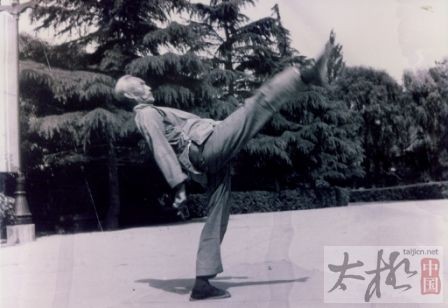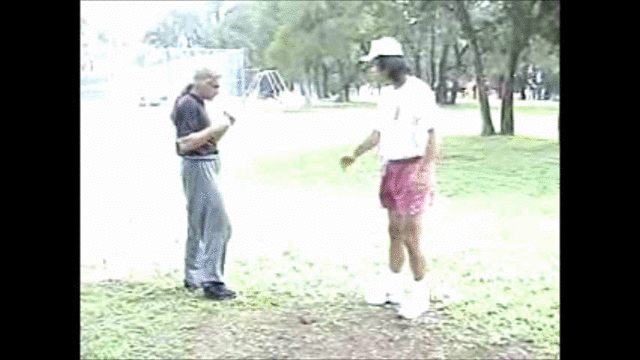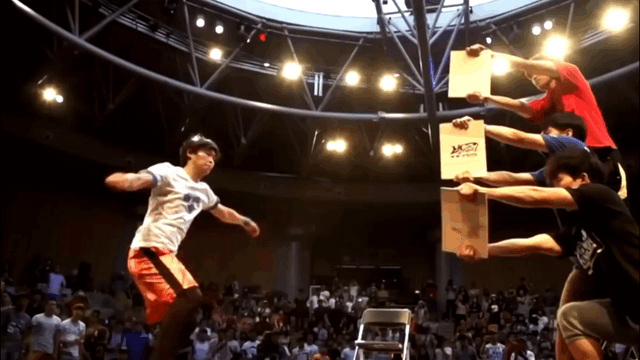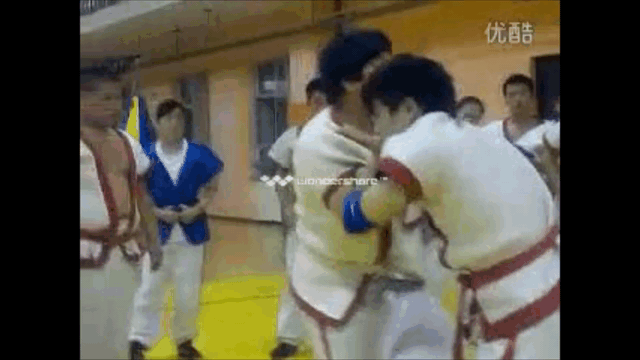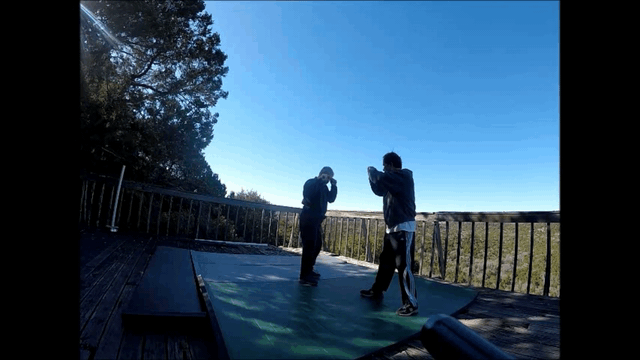BTW, reading threads like this with the great input by Hunschuld and John Wang, I find myself daydreaming and imagining a utopian world in which Wing Chun practitioners would openly exchange information. A world where WC/VT/WT and even JKD guys, etc. with a particular skill would travel and offer open seminars to share their knowledge. So, for example, you might go to open seminars on subjects like, "Integrating Sweeps and Throws into your WC", or "Grappling and Escapes for WC", or "Different Approaches to Power Generation in WC", or....
...In short, a world where WC people were more interested in sharing and developing practical skills than perpetuating the cult of their linage and sifu.
...In short, a world where WC people were more interested in sharing and developing practical skills than perpetuating the cult of their linage and sifu.

